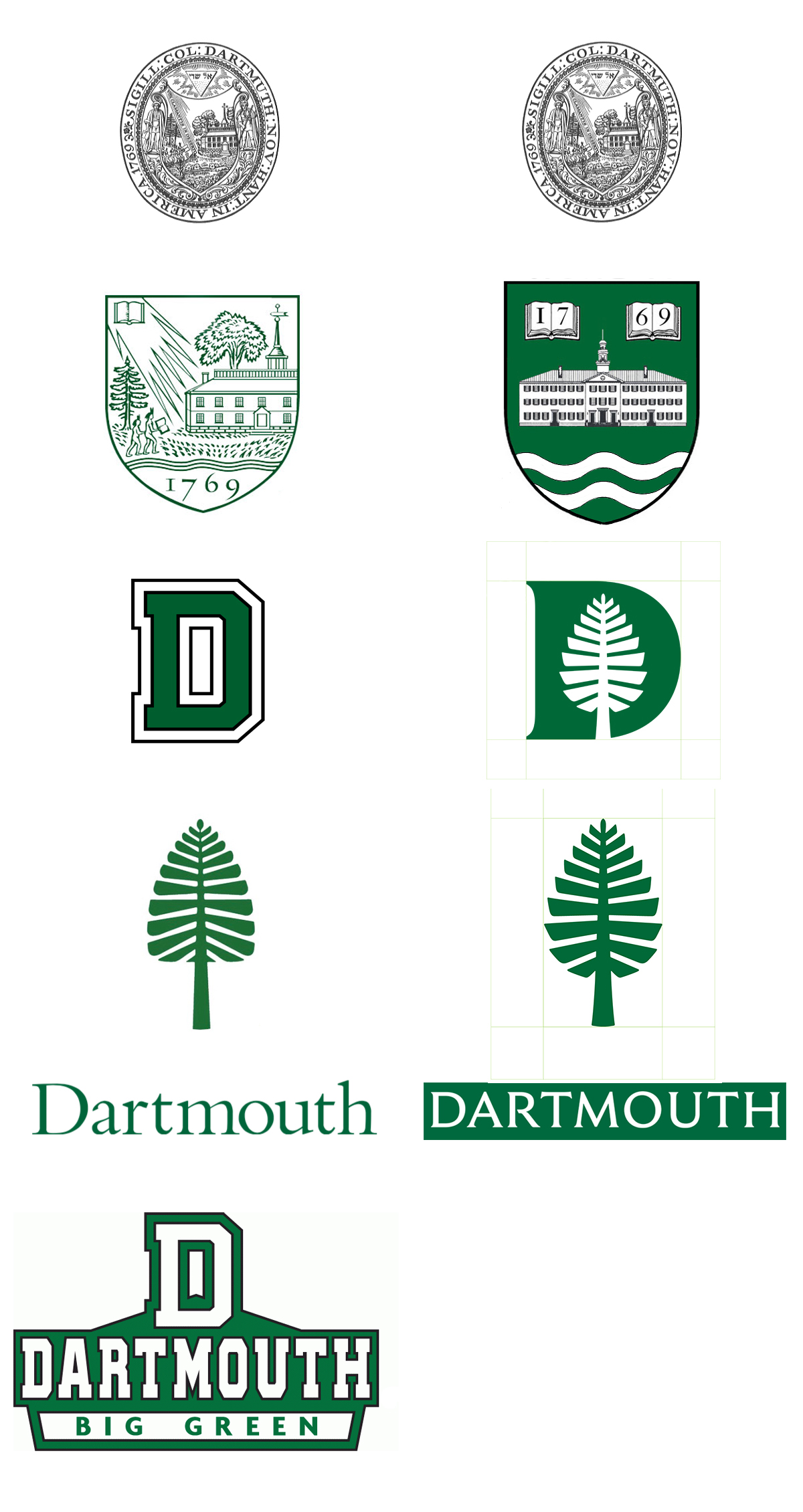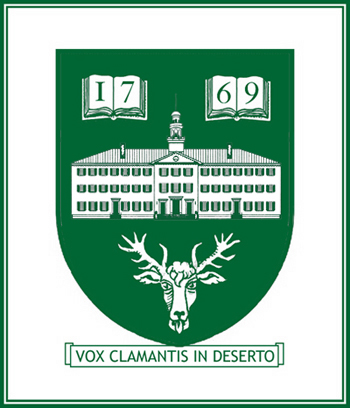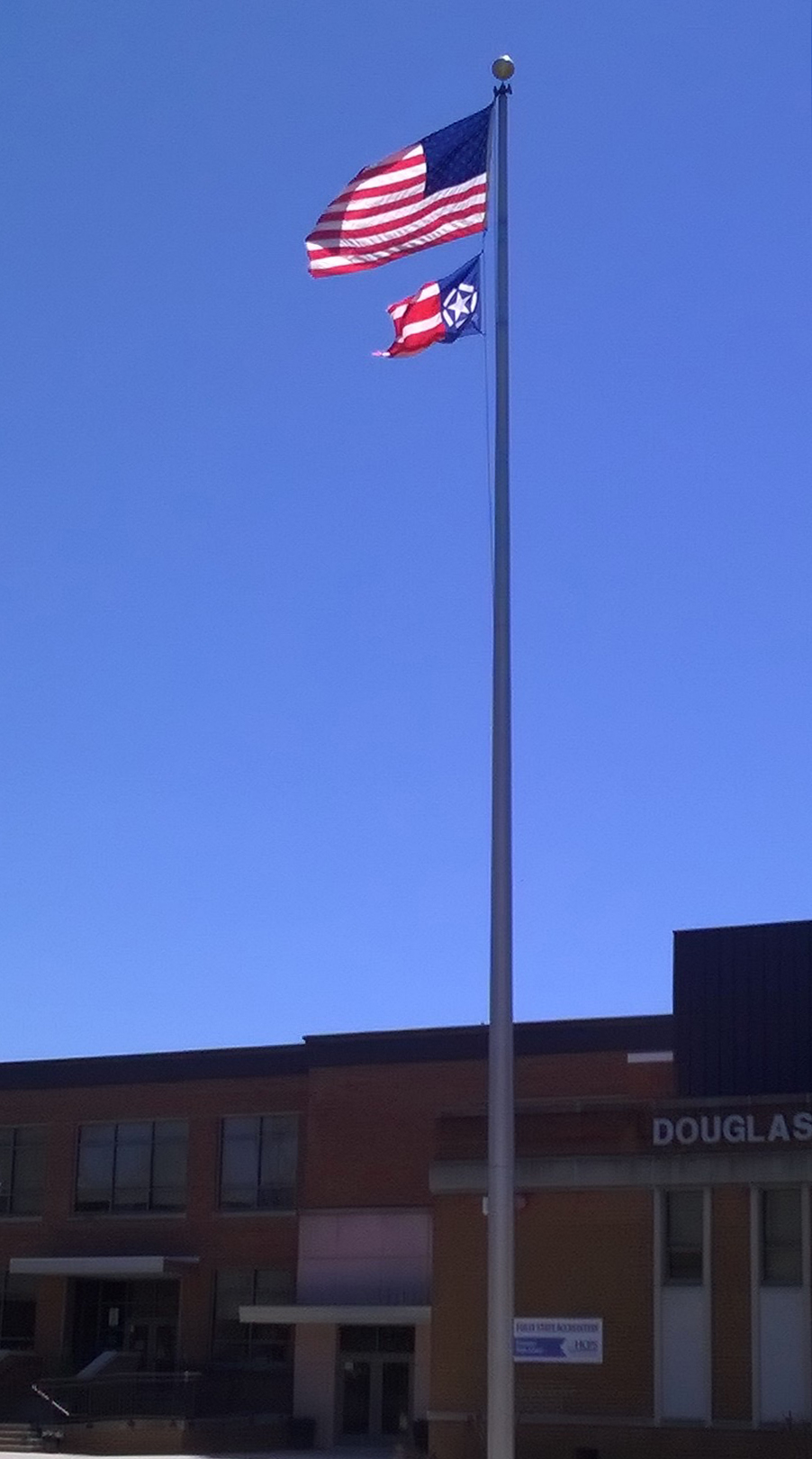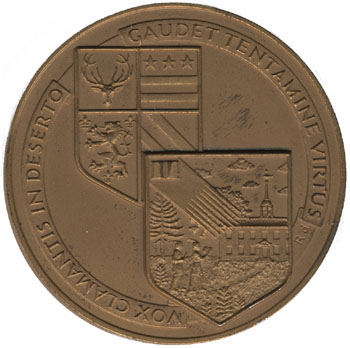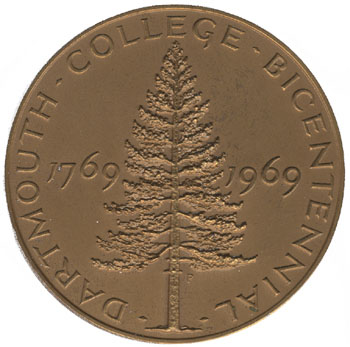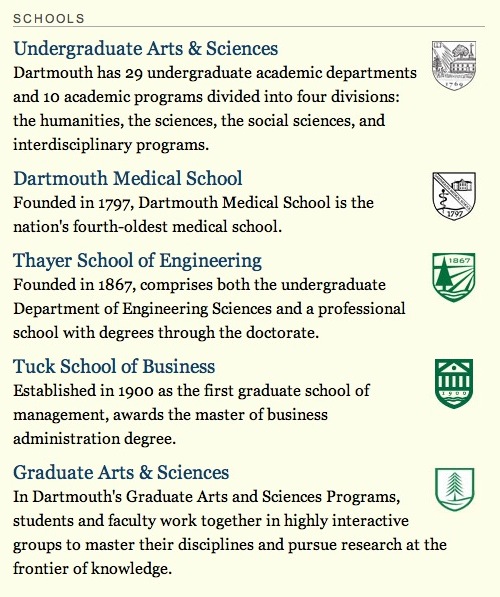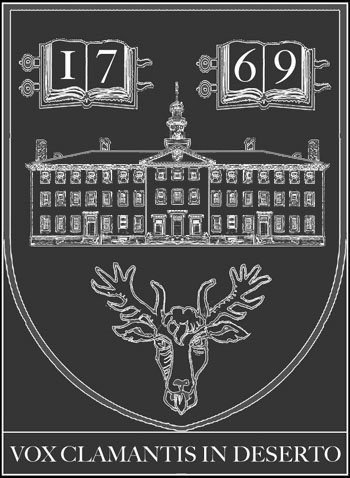The school has put out to bid a $50 million master plan project. The note says “Owner reviewing development options – Master Plan presentation planned for November 2019.”
The planners have been doing an impressive amount outreach, and there is a page listing various presentations. The Valley News has a November 8 article on the plan and its pending release, and the college news has coverage.
Most interesting is a Berry Main Hall exhibit (pdf) from November. It has very nice maps, including one showing some 30-year landscape opportunities with perspective views. Mass Row has an appropriate mirror dorm behind it, removing North Fairbanks, but maybe we can presume that South Fairbanks will be saved. The best one by far shows the Fairchild area, and it finally, finally, gets rid of the curving suburban driveway that destroys the quad between Wheeler and Steele. It even hints at the removal of Thel though one doubts that such a thing is likely or even necessary.
The plan is bold enough to mess with the town, showing South Main as a bike-friendly zone. The plan counts on the existence of the future cemetery bridge, which is good to see. It proposes a neat path network running east of Lyme Road, heading up to the Rugby Clubhouse and so on. The public release of the complete plan is scheduled for this winter.
